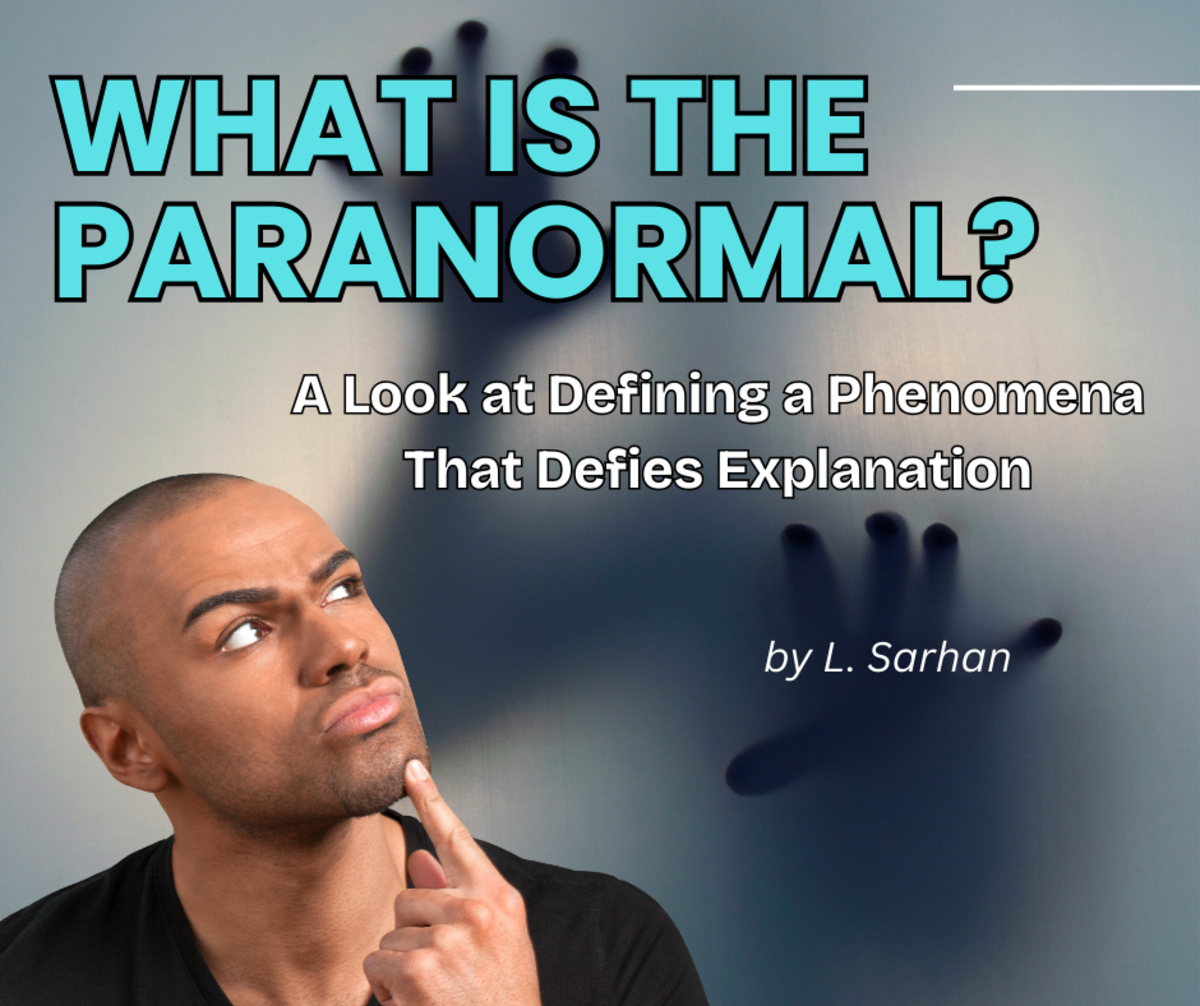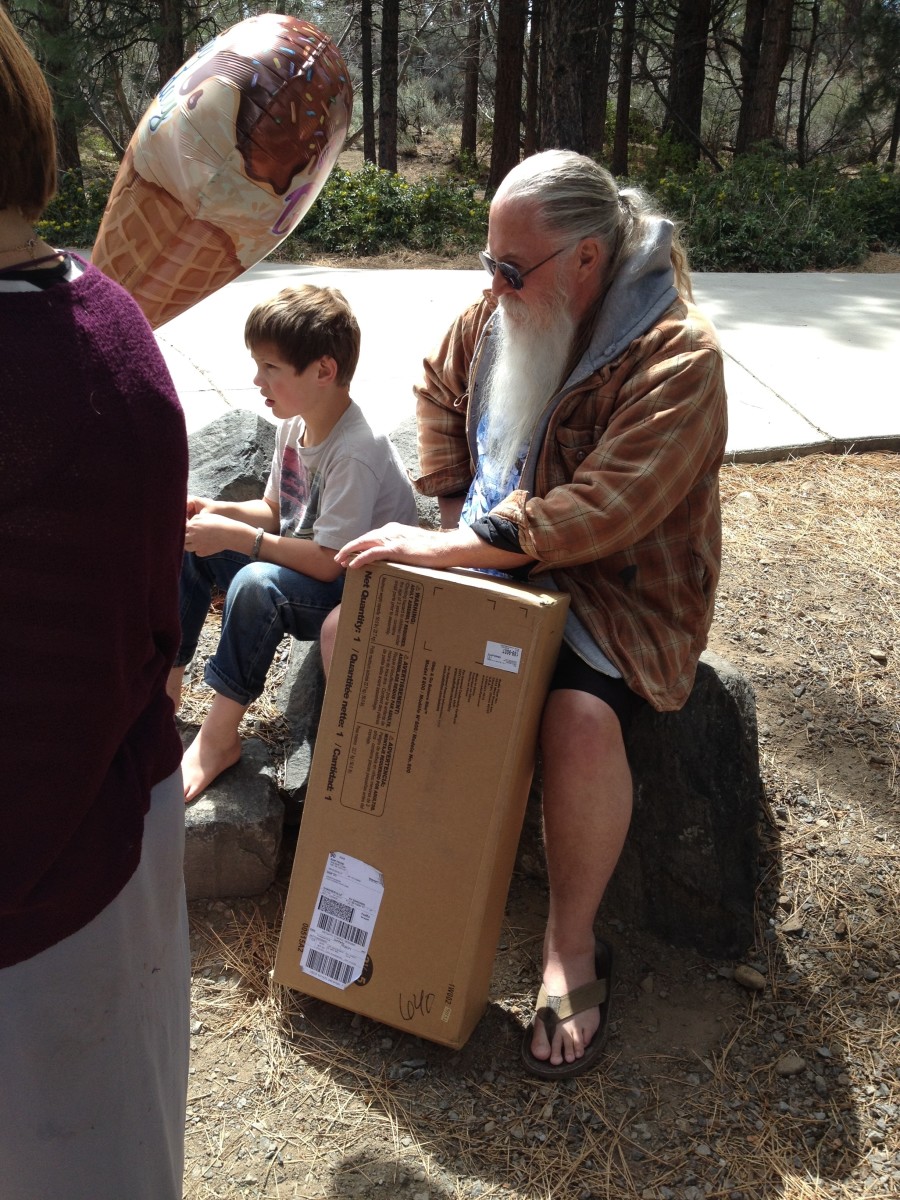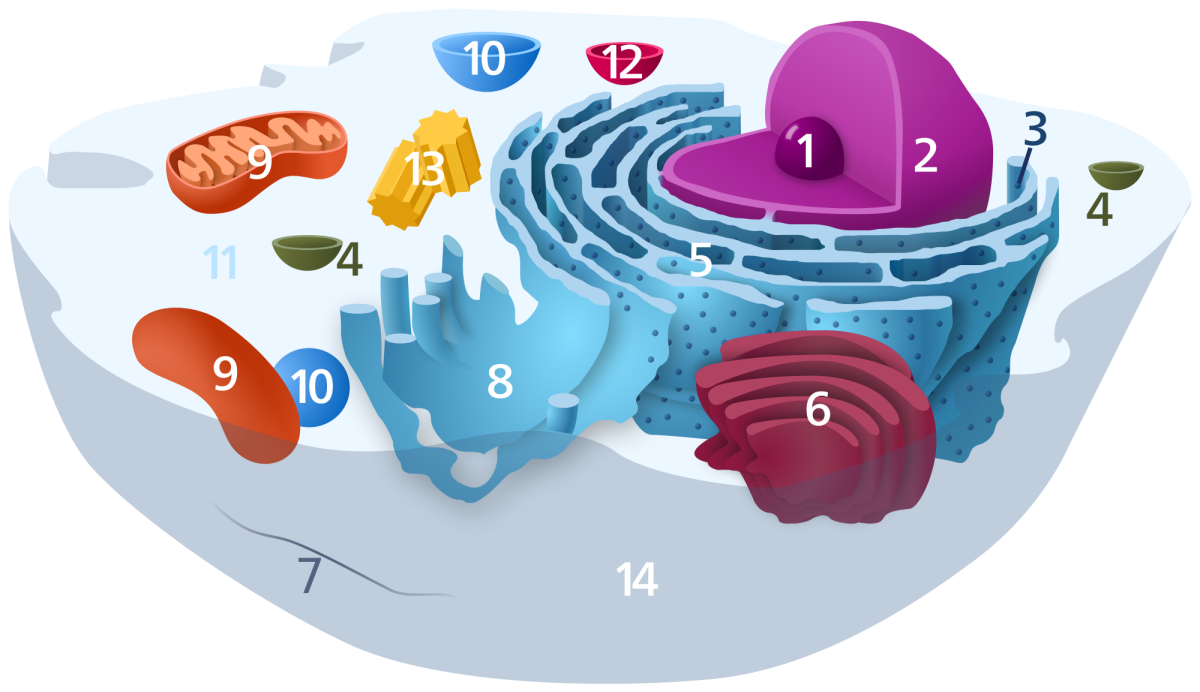Consensual Power Exchange (D/s) as a Regulation Tool: What Research Suggests

Quick definitions
-
D/s (Dominance/submission): a consensual, negotiated role-based power exchange; can be non-sexual (service, routines, protocols). Consent is ongoing and reversible. (AASECT-aligned practice; research below.) scienceofbdsm.com
-
“Little-t” trauma: cumulative stressors that sensitize the nervous system even without a single catastrophic event; structured, predictable routines can help widen the window of tolerance. (Clinical regulation concept.)
Tell Me...
Which safety step (if any) makes you feel most confident to try (or keep) a D/s routine?
Why some people feel better with chosen structure
- Autonomy + structure reduces stress load. When constraints are chosen, perceived control rises (Self-Determination Theory), which buffers distress; negotiated D/s routines are one way to add predictability without losing agency. Mendeley
- Altered-state benefits (flow, deep focus). Lab/field work shows consensual scenes can produce role-specific altered states (flow for leaders; transient-hypofrontality/absorption for followers) with lower stress afterward and greater closeness in scenes that go well.
- Biology is mixed but promising. Studies show cortisol changes (often in submissive roles) and endocannabinoid findings in small samples—interpreted as “stress in safety” paired with reward; early evidence only.
- Not inherently pathological. Comparative surveys find equal or better well-being and certain personality profiles among practitioners versus controls. Tilburg University Research Portal


What it is not
-
Not always sexual. Consensual power-exchange can be entirely non-sexual (e.g., service, structure, rituals, protocol). Reviews of BDSM/D/s describe a wide range of practices and motivations beyond sex, including regulation, meaning-making, and identity expression. De Neef et al. (2019)
-
Not abuse. The defining line is informed, reversible consent—and the capacity to withdraw it. Kink/sex-therapy organizations emphasize that coercion, threats, and non-consent are never acceptable; competent practice centers consent before, during, and after any scene or role. Kink Guidelines, AASECT
-
Not a diagnosis or disorder. In ICD-11, consensual interests like fetishism and sadomasochism were removed as standalone mental disorders. Paraphilic disorders are limited to patterns involving non-consenting others, serious risk of injury/death, or marked distress not due to stigma. (See the WHO-aligned proposals and the 2024 ICD-11 clinical manual.)
-
Not a substitute for therapy. Some people find consensual, well-negotiated D/s grounding; others may feel destabilized. If you are using D/s to touch trauma content, collaborate with a kink-affirming clinician and treat it as adjunctive—not as treatment. (WHO’s ICD-11 materials guide diagnosis and clinical judgment; use provider oversight for care planning.)
Non-sexual ways people use D/s structure (examples)
-
Service submission for executive-function scaffolding: morning checklist, tea service, study blocks; 2-week pilot, then review. (Autonomy + structure.) De Neef et. al (2019)
-
Transition protocols: brief posture/eye-contact, paced breathing, or call-and-response to anchor before tough talks; pair with hydration and a timer. (Aftercare/debrief improves mood/closeness.) Vaympyre on Medium (2025)
-
Decision-fatigue relief: leader offers pre-curated A/B choices with opt-out language; consent remains explicit.

Thank You & Reminders
Safety & consent—in plain language
-
Negotiate like a brief treatment plan: aims, limits, yes/no/maybe list, stop signals (“yellow” check-in / “red” full stop), aftercare, and a review date.
-
Stay inside the window of tolerance: titrate intensity; build grounding breaks; always debrief.
-
Know the legal/ethical line: consent standards are social; laws vary. Avoid intoxication; stop if dissociation/panic emerges. (General consent frameworks; provider reviews.)
Provider note (for clinicians)
Use a kink-affirming, trauma-informed lens. Screen for coercion/isolation, capacity for consent, dissociation risk, and aftercare plans; differentiate consensual roleplay from abuse. Summaries and reviews offer practical frameworks.
References (select)
-
De Neef, N., Coppens, V., Huys, W., & Morrens, M. (2019). BDSM from an integrative biopsychosocial perspective: A systematic review. Sexual Medicine, 7(2), 129–144. PubMed
-
Wismeijer, A. A. J., & van Assen, M. A. L. M. (2013). Psychological characteristics of BDSM practitioners. The Journal of Sexual Medicine, 10(8), 1943–1952. Tilburg University Research Portal
-
Sagarin, B. J., Cutler, B., Cutler, N., Lawler-Sagarin, K. A., & Matuszewich, L. (2009). Hormonal changes and couple bonding in consensual sadomasochistic activity. Archives of Sexual Behavior, 38, 186–200. ResearchGate
-
Ambler, J. K., Lee, E. M., Klement, K. R., Loewald, T., Comber, E. M., Hanson, S., Cutler, B., Cutler, N., & Sagarin, B. J. (2017). Consensual BDSM facilitates role-specific altered states of consciousness: A preliminary study. Psychology of Consciousness: Theory, Research, and Practice, 4(1), 75–91. sciencegate.app
-
Wuyts, E., De Neef, N., Coppens, V., et al. (2020). Between pleasure and pain: A pilot study on the biological mechanisms associated with BDSM interactions in dominants and submissives. The Journal of Sexual Medicine, 17(4), 784–792. PubMed
-
Krueger, R. B., Reed, G. M., First, M. B., et al. (2017). Proposals for Paraphilic Disorders in ICD-11. Archives of Sexual Behavior, 46(5), 1529–1545. (Open-access summary) PMC
-
Nowosielski, K., & Wróbel, R. (2024). The changes in ICD-11 related to sexual health and dysfunction and their implication for clinical practice. Sexual Medicine Reviews, 12(2), 373–389. (Open-access PMC) PMC
-
AASECT. (n.d.). Position Statement on Consent and Sexual Violence. Retrieved from AASECT.org. AASECT
-
Kleinplatz, P. J., et al. (2023). Clinical guidelines for working with clients involved in kink. Journal of Sex & Marital Therapy, 49(8), 978–995. Taylor & Francis Online
-
Kink Guidelines Collaborative. (2019). Clinical Practice Guidelines for Working with People with Kink Interests. (Downloadable guideline set). Kink Guidelines
-
TASHRA. Resource Library (provider and community resources). Retrieved 2025. tashra.org
-
Ryan, R. M., & Deci, E. L. (2000). Self-determination theory and the facilitation of intrinsic motivation, social development, and well-being. American Psychologist, 55(1), 68–78. PubMed
-
Narisada, A. (2023). Work stressors and the buffering functions of the sense of control. Socius, 9. (Perceived control buffers distress cross-culturally.) SAGE Journals
-
Csikszentmihalyi, M. (1990). Flow: The Psychology of Optimal Experience. New York: Harper & Row. Open Library
-
Siegel, D. J. (2001). Toward an interpersonal neurobiology of the developing mind. Infant Mental Health Journal, 22(1–2), 67–94. (Foundational to “window of tolerance.”) Wiley Online Library
-
NCSF. Kink & Polyamory Aware Professionals directory (KAP). Retrieved 2025. (For finding kink-affirming clinicians.) kapprofessionals.org
This content is accurate and true to the best of the author’s knowledge and is not meant to substitute for formal and individualized advice from a qualified professional.








